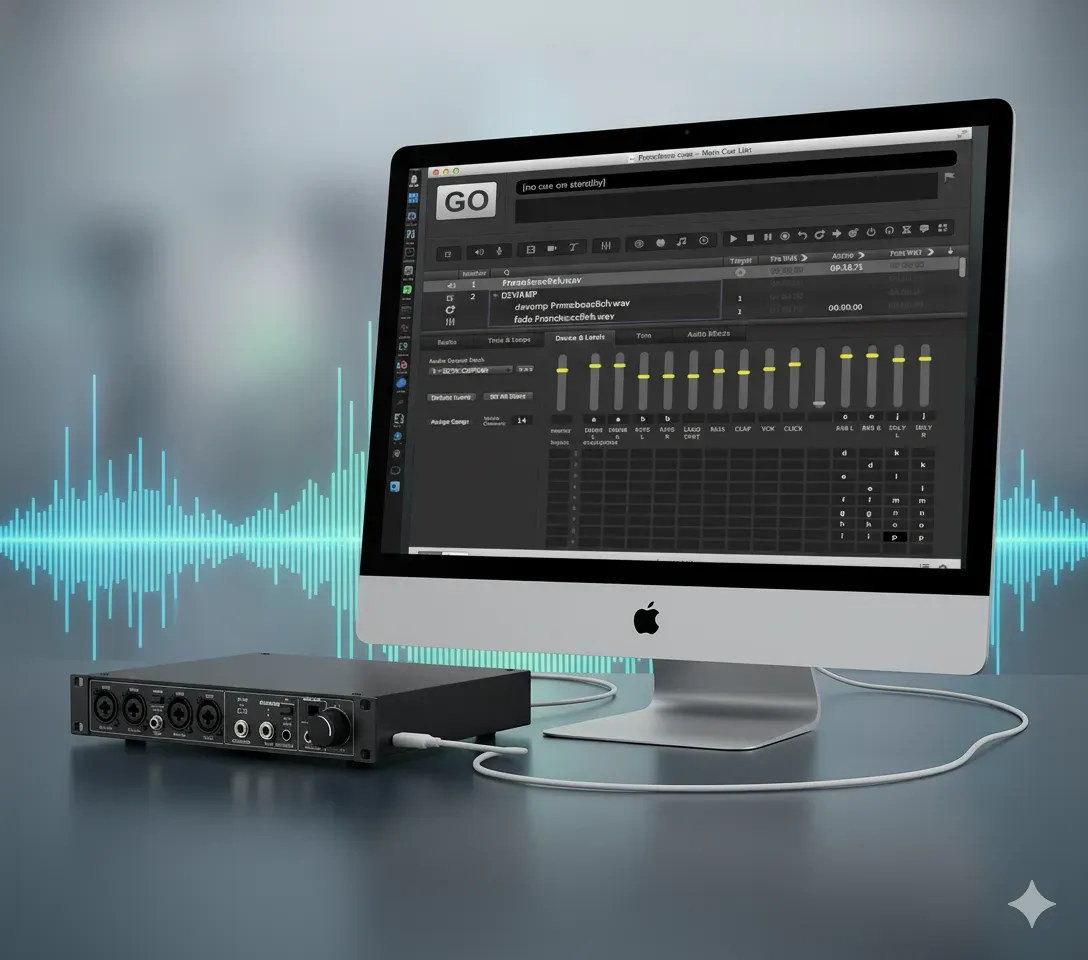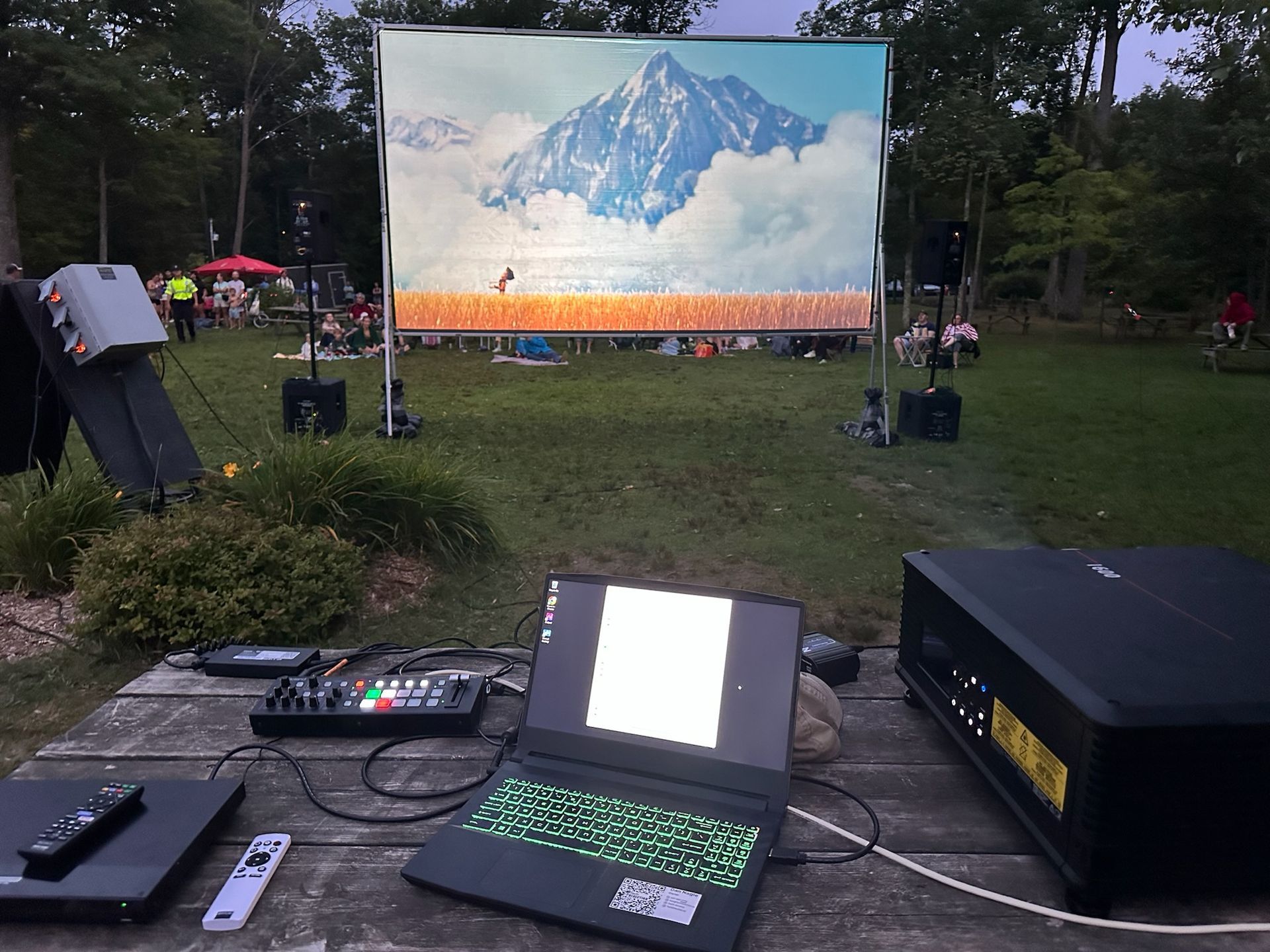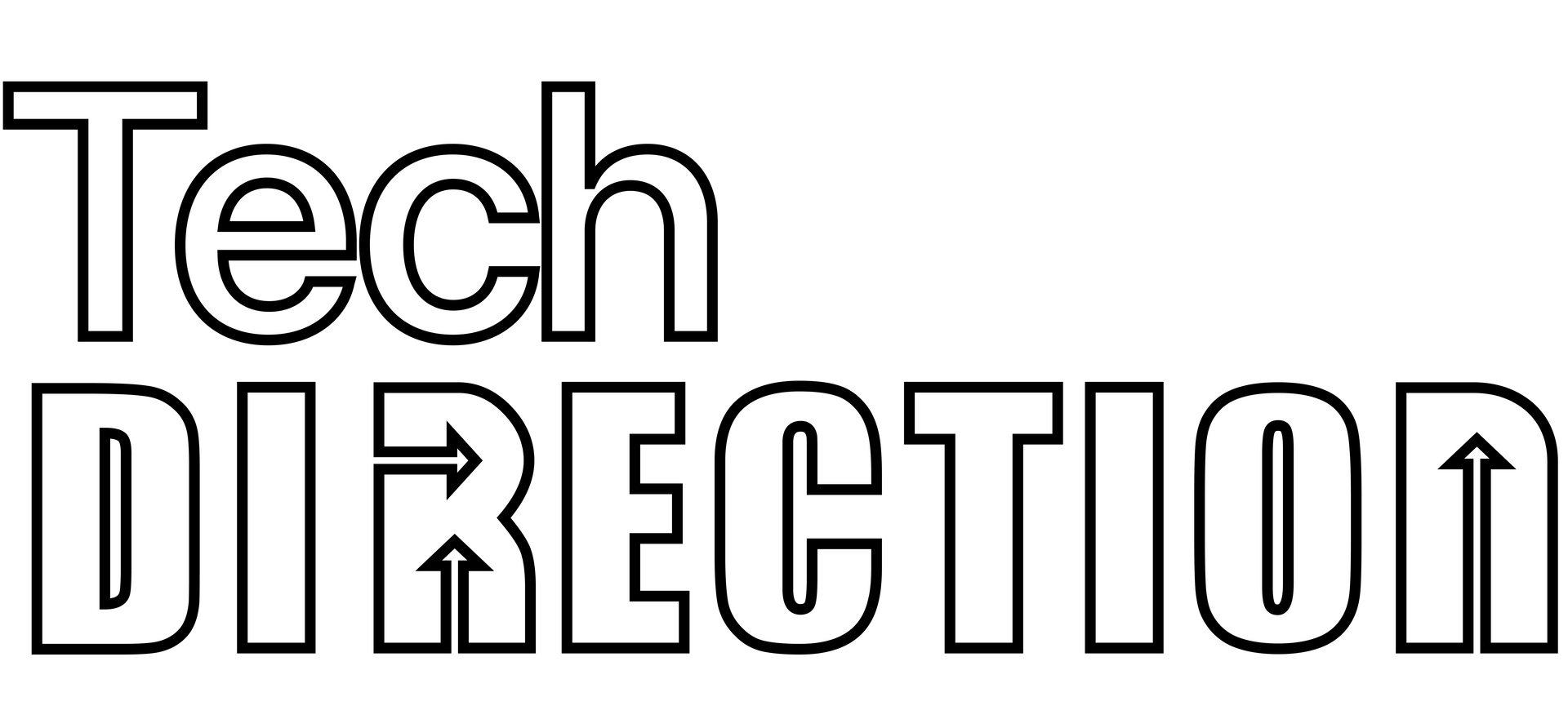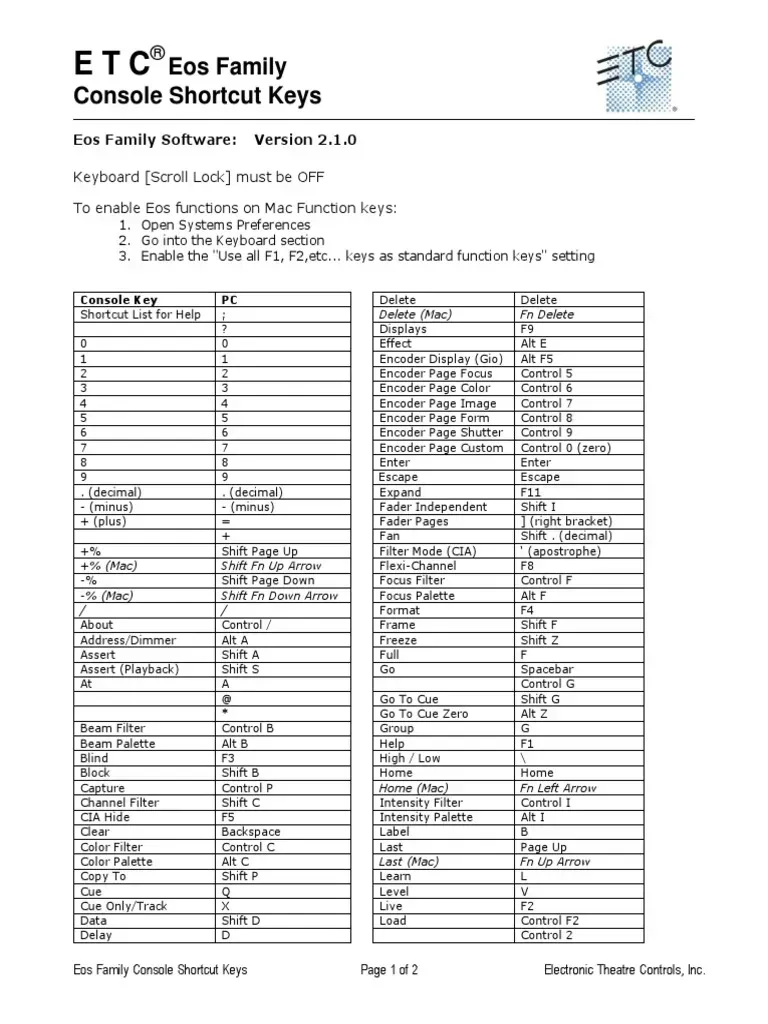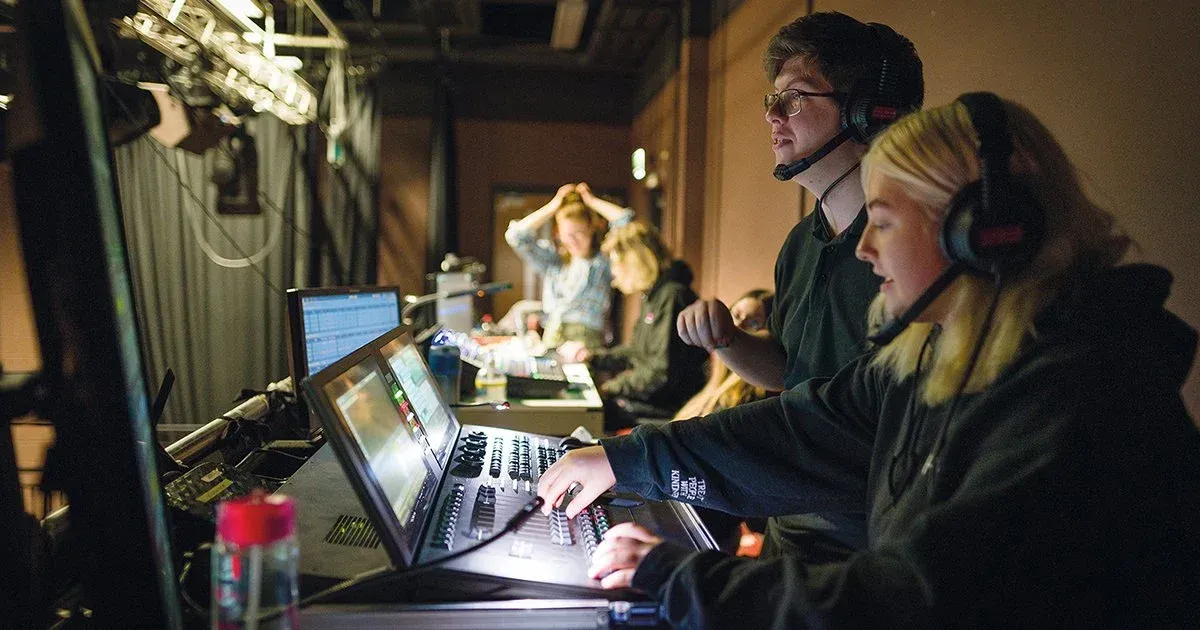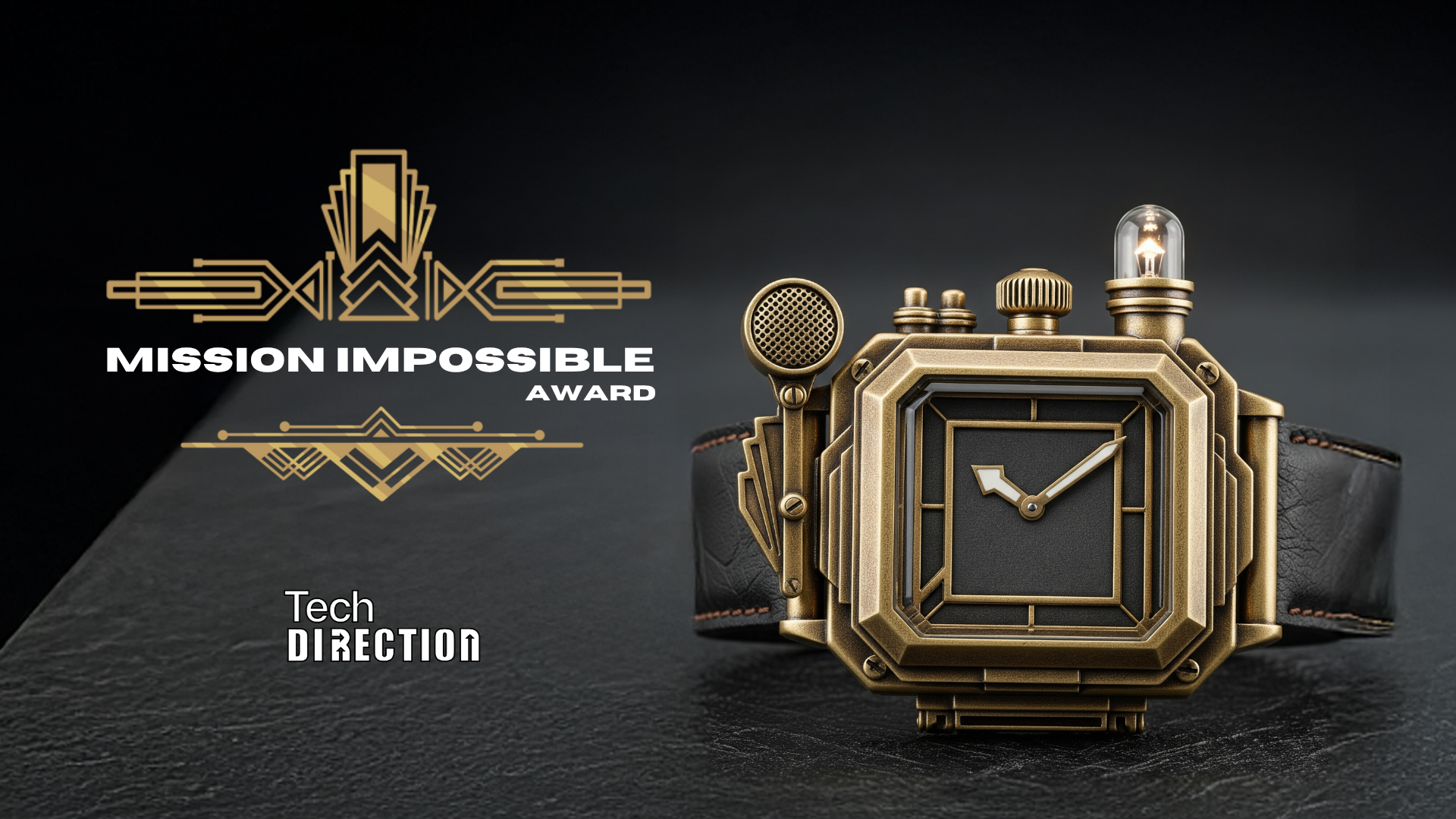20 Lighting Terms Every Programmer NEEDS to Know – #14 is Key to True Blackouts
Glossary: Understanding Key Lighting Terms
1. Patch
The process of assigning a DMX address to a lighting fixture in the console's software. For instance, you might patch a spotlight to DMX address 1.
2. Cue
A predefined look or state for your lighting fixtures. A cue might involve certain lights being specific colors, positioned in certain ways, or with certain brightness levels.
3. Fade
The transition time between two different states of lighting. A 5-second fade, for example, would gradually change the lights from their current state to a new state over 5 seconds.
4. Intensity
The brightness of a light. A fixture with an intensity of 100% is at full brightness, while an intensity of 0% means the light is off.
5. Chase
A repeating sequence of cues. A chase might involve a sequence of different colored lights flashing in a pattern, for example.
6. Palette
A saved set of attribute settings that can be applied to fixtures. A color palette, for example, might define a specific shade of blue that can be applied to different lights.
7. Group
A collection of fixtures that are controlled together. A group could include all the lights on a specific part of the stage, for example.
8. Fixture
A single lighting unit. Each fixture is assigned a unique DMX address and can be controlled individually from the console.
9. DMX Address
The unique identifier for each fixture, which allows the console to control it. A fixture might be assigned to DMX address 5, for example.
10. Playback
The act of running a series of cues. During a show, you would typically playback your cues to create the lighting effects.
11. Submaster
A control (often a fader or a button) on the console that has been assigned a specific function, such as controlling a group of lights or running a particular cue.
12. Busking
Operating the console live, typically using groups, palettes, and submasters, rather than running pre-programmed cues.
13. Effect
A dynamic lighting look, such as a wave or chase, that can be created and controlled by the console.
14. Block
A feature that prevents certain cues from inheriting changes from previous cues. This is often used to ensure specific lighting looks remain consistent.
15. Fixture Profile/Mode
The configuration in the console that matches the capabilities and control needs of a specific type of lighting fixture.
16. Gobo
A stencil or pattern placed in a light beam to create a specific shape or pattern of light. Controlled from the console to be inserted, rotated, or removed.
17. Hue
The color or shade of a light. From the console, you can change the hue of a fixture to create different lighting effects.
18. Strobe
A rapid, repeating flash of light. From the console, you can control the rate and intensity of the strobe effect.
19. Grand Master
A control that adjusts the overall output level of all lighting fixtures. This might be used to fade out all lights at the end of a show.
20. Blackout
A button or control that turns off all lights. In some consoles, you might also be able to program a blackout as a cue.
